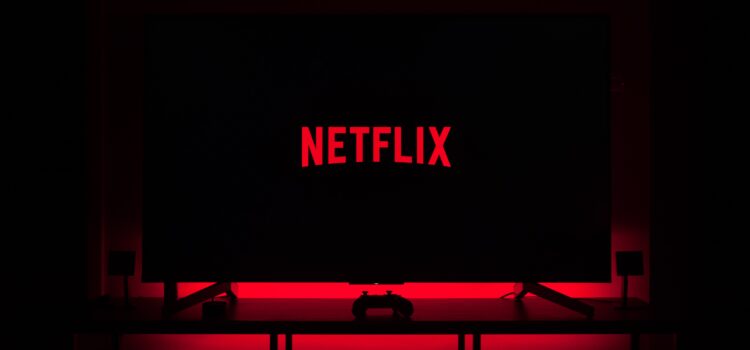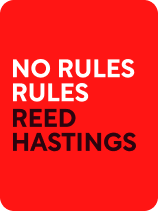

This article is an excerpt from the Shortform book guide to "No Rules Rules" by Reed Hastings. Shortform has the world's best summaries and analyses of books you should be reading.
Like this article? Sign up for a free trial here .
How does Reed Hastings manage staff at Netflix? What inspired the Netflix management style?
The Netflix management style is the result of Reed Hastings’s experiences from early failures and challenges. Before Netflix, Hastings had a company called Pure Software. After initial success, the company floundered and had to be sold, which resulted in important lessons for Hastings.
Read on for more about the Netflix management style and what inspired Reed Hastings.
Reed Hastings and the Netflix Management Style
The Netflix management style that Hastings established—to hire and keep only the best employees—grew out of lessons he’d learned from a previous business failure and from a challenge in Netflix’s early days.
The first lesson was one he’d taken from the growth of his first company, Pure Software. In the first few years after the company’s founding in 1991, the culture was flexible and fun. The organization was still small enough that the employees enjoyed a great deal of freedom, whether that meant working from home or buying office equipment without purchase orders or approvals.
However, as Pure Software grew, it became more difficult to manage without implementing some controls. Every time an employee made a costly mistake, Hastings enacted a policy to prevent it from happening again. Soon, the formerly flexible startup culture had morphed into a rigid corporate environment. Hastings realized that the employees who thrived in rules-heavy workplaces were people who excelled at following protocol, rather than the innovators he needed to keep the company agile and successful. Ultimately, this led to Hastings’s downfall at Pure Software: When market needs changed, the company couldn’t adapt and Hastings was forced to sell the company to his competitor.
The second lesson came with the 2001 dot-com crash, just a few years after Hastings launched Netflix in 1998. When the dot-com bubble burst, venture capital funds dried up and Hastings was forced to lay off a third of his 120 employees. Some of the layoffs were clear-cut decisions, but many other laid-off employees had adequate performances, worked hard, and produced high-quality work despite pessimistic attitudes. Eventually, Hastings whittled his staff down to the 80 most talented and collaborative employees.
Although Hastings feared that the layoffs would decimate morale, he discovered that his staff was buzzing with energy and producing high-quality work—despite the fact that the company was still slogging through the budget cuts and the remaining employees had to carry the workloads of their former coworkers. Hastings soon realized that by eliminating less-than-stellar workers, he’d raised the talent density, meaning that there was a higher level of talent per employee, and that created an environment in which top performers thrived. High-performing employees want to work at companies full of talented, collaborative workers because:
- They improve by learning from other top performers.
- They push each other to produce high-quality work, which increases individual motivation and satisfaction.

———End of Preview———
Like what you just read? Read the rest of the world's best book summary and analysis of Reed Hastings's "No Rules Rules" at Shortform .
Here's what you'll find in our full No Rules Rules summary :
- How Netflix achieved massive success in a short period of time
- The unusual business practices that have helped Netflix sustain its success
- Why Netflix fires adequate employees






